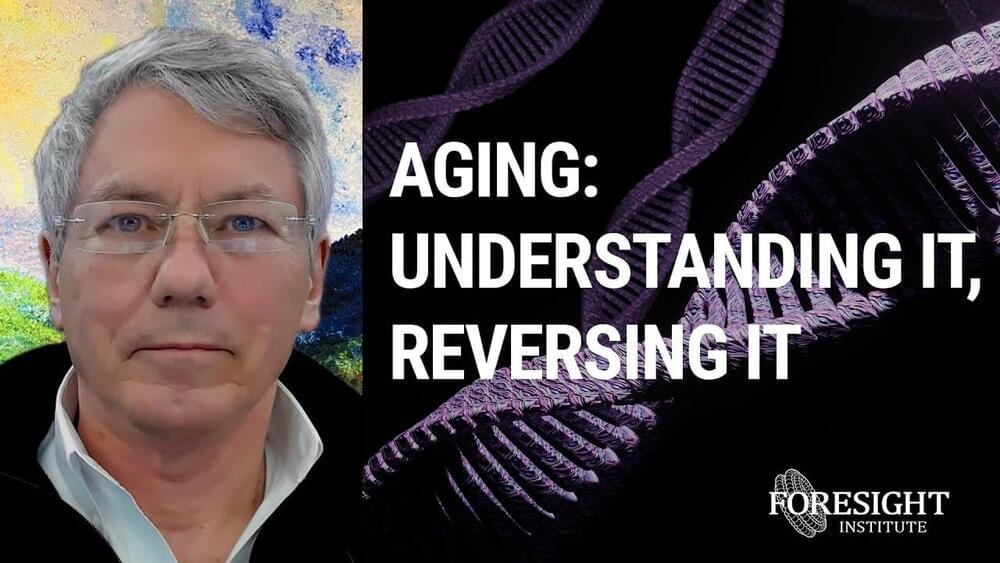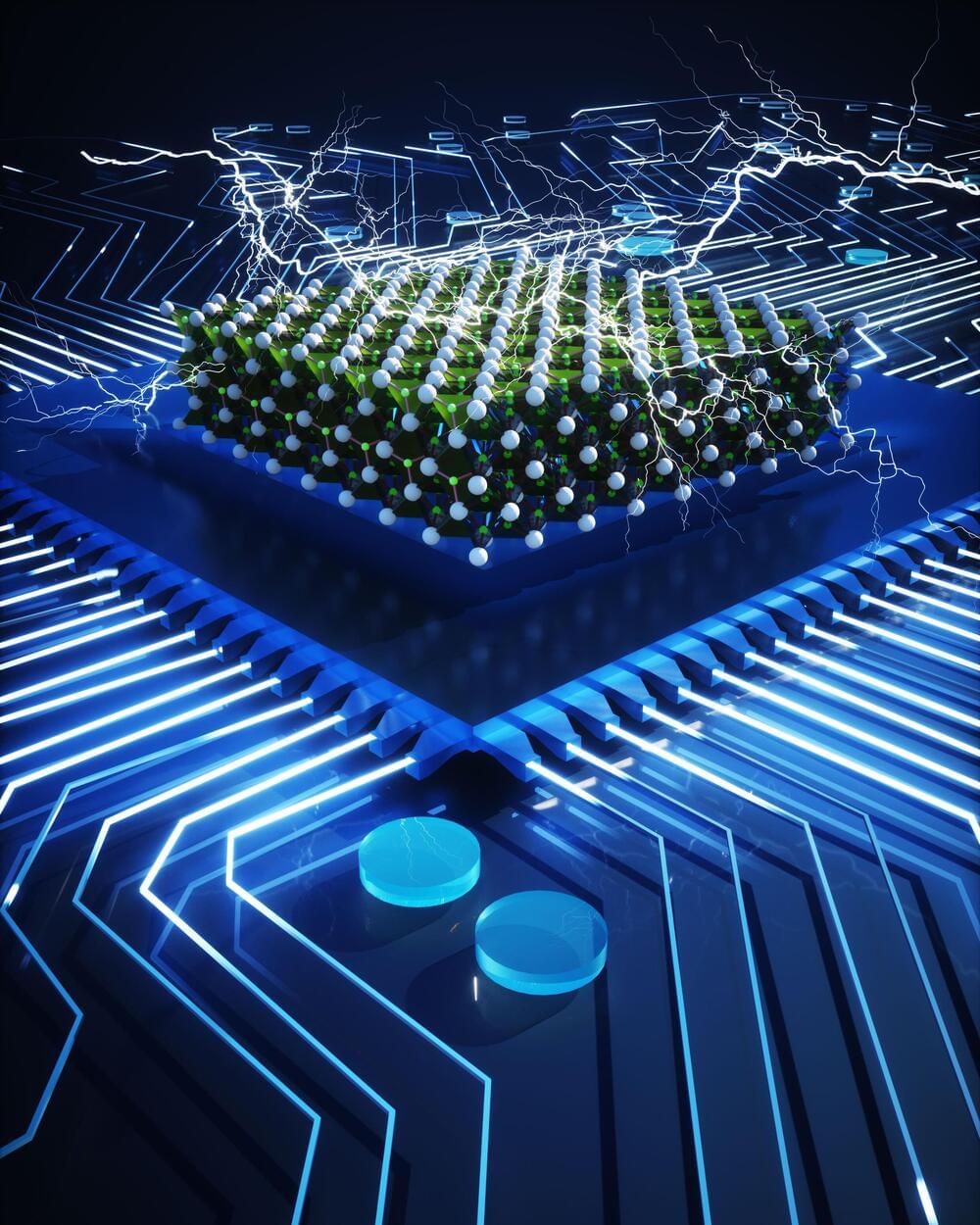Apr 8, 2022
Dr. Peter J. Hotez — Baylor College of Medicine — Scientist, Researcher, Author, Science Explainer
Posted by Ira S. Pastor in categories: biotech/medical, chemistry, health, neuroscience, science
Coming off multiple country approvals for his “patent free” Covid vaccine, Scientist, Researcher, Author, Science Explainer, Dr. Peter Hotez, MD, Ph.D. Baylor College of Medicine, drops by for an episode of Progress, Potential, And Possibilities.
Dr. Peter J. Hotez, M.D., Ph.D. (https://peterhotez.org/), is Dean of the National School of Tropical Medicine and Professor of Pediatrics and Molecular Virology and Microbiology at Baylor College of Medicine (https://www.bcm.edu/people-search/peter-hotez-23229), where he is also Chief of the Section of Pediatric Tropical Medicine and the Texas Children’s Hospital Endowed Chair of Tropical Pediatrics (https://www.texaschildrens.org/find-a-doctor/peter-jay-hotez-md-phd).


















